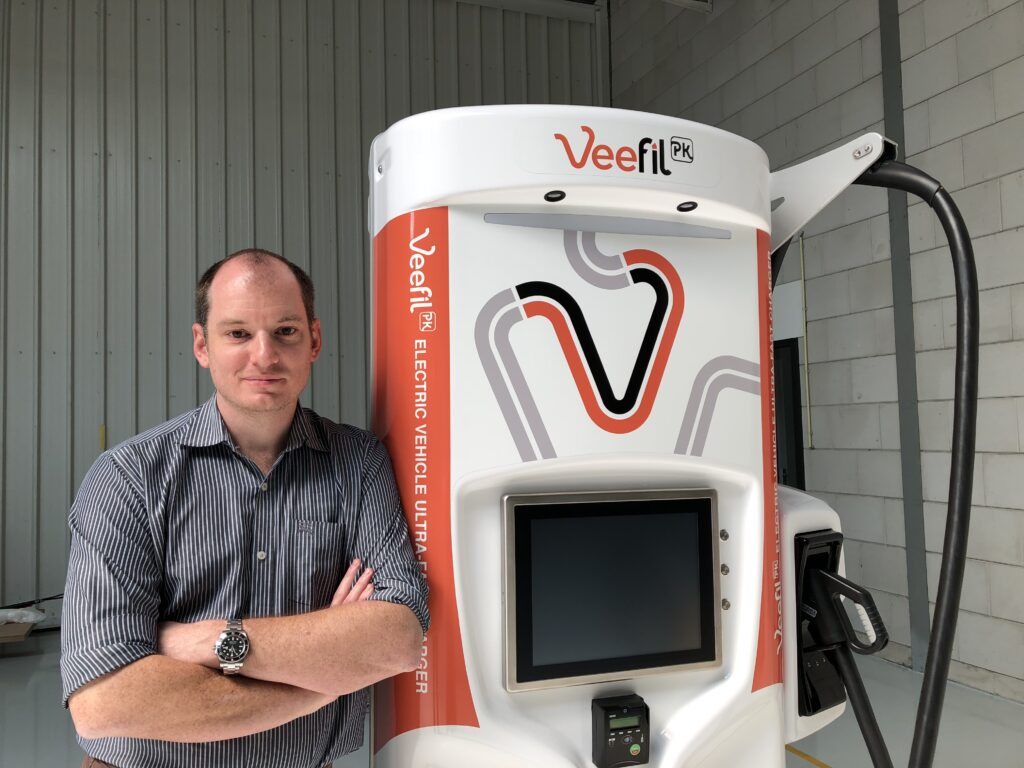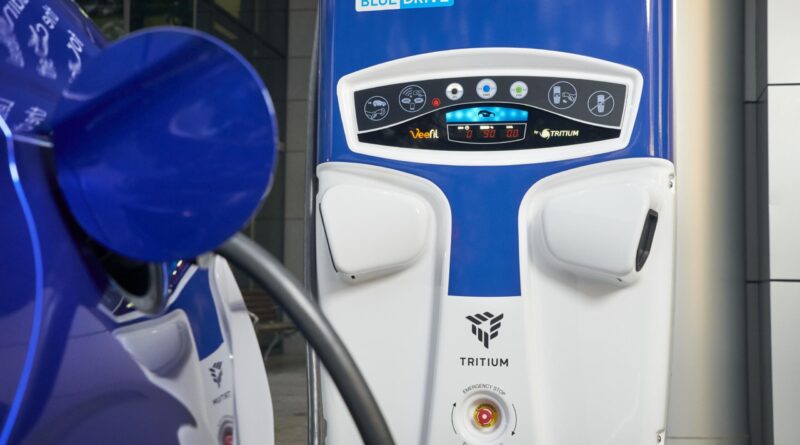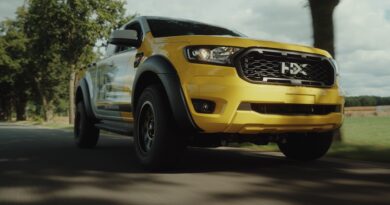Aussie world first: cardless charging
The Brisbane-based fast charging manufacturer Tritium has developed a world-first capability for cardless recharging of electric vehicles.
Dubbed ‘Plug and Charge’ the technology charges the EV driver’s account while the vehicle is refuelling without the need for card swipes or RFID tags.
Tritium claims the technology achieves this “securely, automatically and simultaneously”.
“There is no more need for a membership card or even to swipe a bank card at a terminal; this is the first and most secure iteration available to the market and, once deployed to critical mass, will render any former payment process as archaic,” declared Tritium chief technical officer and co-founder James Kennedy.
“This firmly and irreversibly tips the convenience scales to the recharging experience over the refuelling experience.
“It’s going to be as simple as how we charge our phones, but with the added benefit of charging our bank accounts at the same time.”
Plug and Charge is available with Tritium’s PK350kW DC ultra-fast charger and will be offered by the fourth quarter with other Tritium chargers including the most common RT50 50kW DC fast charger.
Not all brands of charger can use the tech and it will work only with the CCS (Combined Charging System) plug.

To make Plug and Charge viable, charge point operators need to sign up and EV manufacturers need to incorporate the tech into their vehicles.
Currently none do, but Tritium says “many” manufacturers have tested Plug and Charge at its E-Mobility centre in Amsterdam and each has “discussed” rolling out Plug and Charge in their next generation of electric vehicles.
To enable the system to work, both car and charger store a cryptographic key and communicate via the ISO 15118 standard. The contact is certified via an independent third party using a secure internet connection.
Tritium says the cryptographic key “cannot be hacked”, which sounds like a challenge someone will take up.
If all goes to plan Plug and Charge will enable EV drivers to recharge at different networks without having to join each of them.
In Australia, Tritium supplies chargers to the NRMA, the Queensland electric superhighway, Chargefox and Evie Networks.
According to Plugshare website data, of 156 DC chargers available for use in Australia today, 132 of them are Tritium models.
Internationally, Tritium supplies the Ionity pan-European network and many others.
“Right now, EV drivers approaching an EV charger will likely have to sign up for that network’s system to access it and pay for the charging session, adding unnecessary time to the experience and siloing charger networks; even accounting for the ability to pay by credit card at some chargers this is wildly inconvenient,” Kennedy said.
“With Plug and Charge, you’ll be able to plug the charger into the vehicle and it just charges, from your battery to your account.




